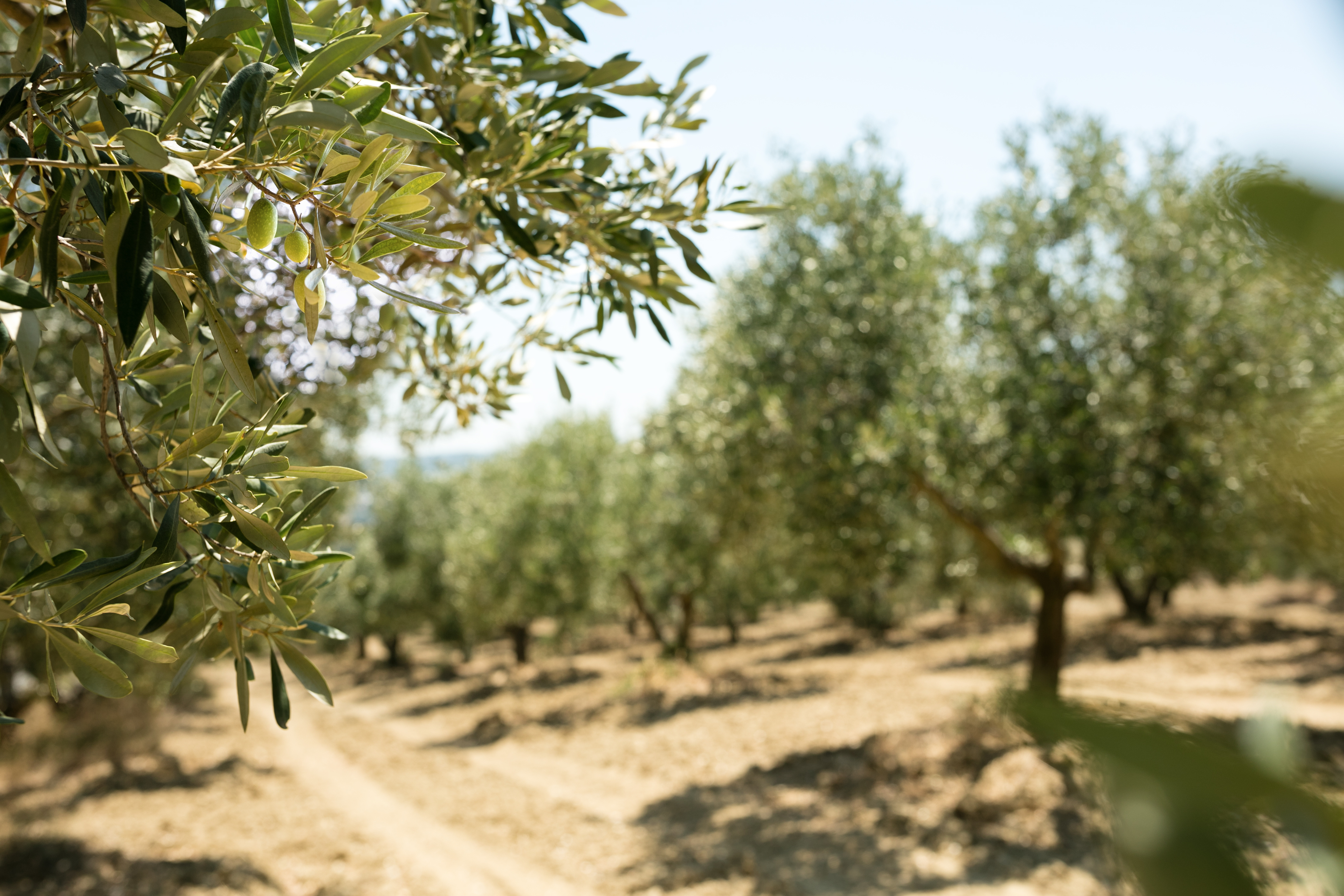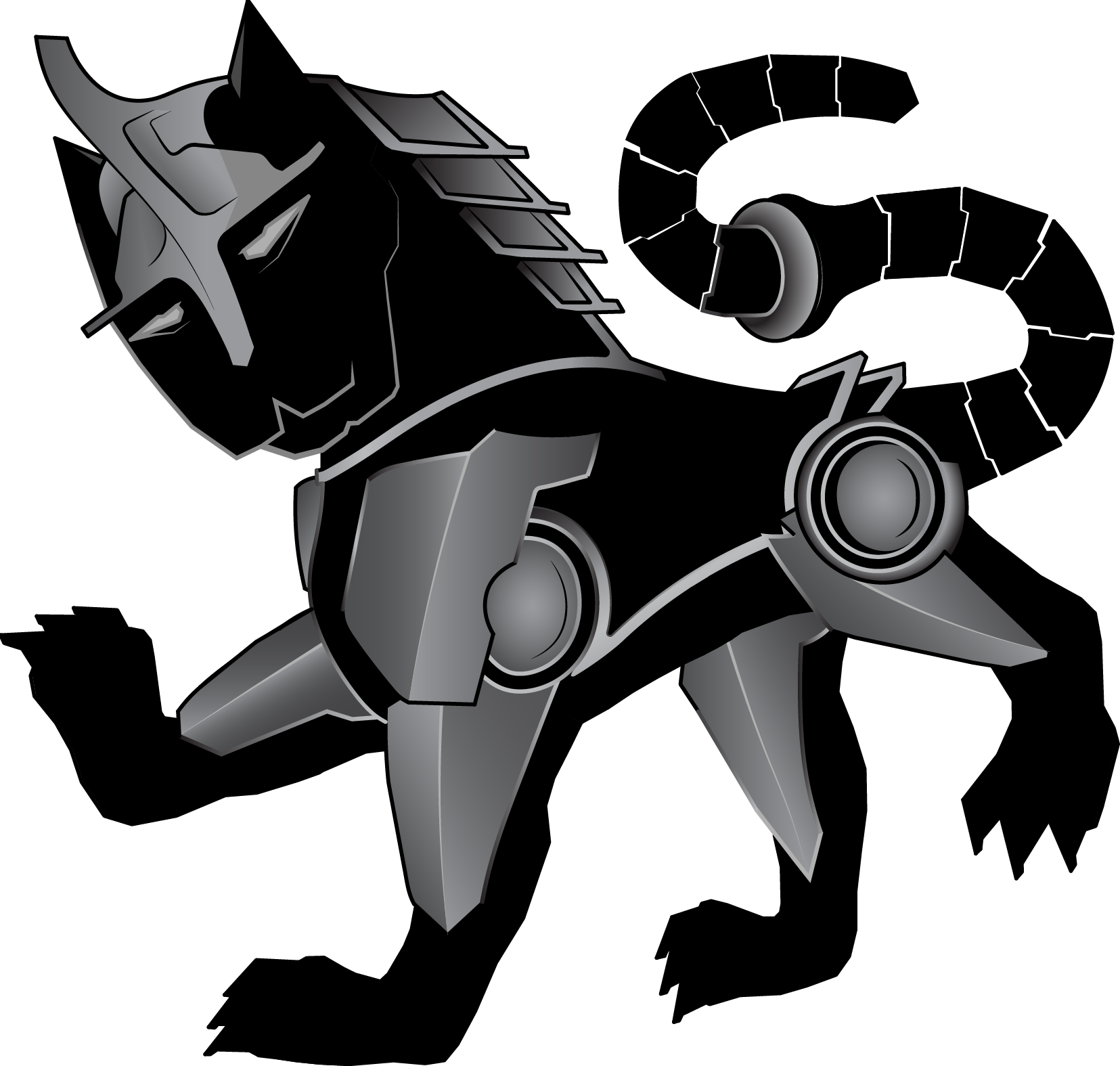
Effective Pest Control and Chemical Application Methods in Olive Groves with baibars CT50s Drone
Effective control of pests and diseases is of great importance for increasing yield and quality in olive cultivation. Below are chemical control methods and application details for pests such as olive fruit fly, olive moth, and olive psyllid.
Olive Fruit Fly [Bactrocera oleae (Diptera: Tephritidae)]
To monitor the population of adult olive fruit flies, McPhail traps and pheromone yellow sticky traps are utilized. During July–August, when the number of adults caught in traps increases, fruit infestation checks (800-1000 fruits) should be conducted. Intervention thresholds are:
- Table olive varieties: 1% infestation
- Oil olive varieties: 3-4% infestation
When these thresholds are exceeded, chemical control can be applied through partial branch spraying with bait or full-coverage spraying. In off-years, the threshold for oil varieties can be lowered.
Partial Branch Spraying with Poison Bait
This method is preferred to protect the natural balance and beneficial organisms, especially in isolated or semi-isolated orchards of at least 40-50 decares.
- Application Method: A mixture of “insecticide + attractant” is sprayed on a 1.5-2 m² area on the southeastern side of trees at 150-200 ml per spot.
- Equipment: Low-pressure knapsack sprayers with mixing capability; nozzles with sizes 2-3 to produce coarse droplets.
- Repetition: Applications are repeated based on the product’s efficacy period, up to 20 days before harvest.
Full-Coverage Spraying
This method aims to eliminate both adults and larvae by thoroughly spraying all parts of the trees.
Olive Leaf Spot [Spilocaea oleagina (Cast) Hughes]
For effective management of this disease, the recommended spraying times in different regions are:
-
Marmara Region:
- Before the appearance of autumn shoots.
- After flower buds form but before flowering.
-
Aegean Region:
- Before the appearance of autumn shoots.
- Before the appearance of spring shoots.
- After flower buds form but before flowering.
-
Mediterranean Region:
- After harvest.
- Before the appearance of spring shoots.
- After flower buds form but before flowering.
In regions with forecasting and warning systems, chemical applications should follow electronic warnings when the disease severity and infection levels are at their peak.
Olive Moth [Prays oleae (Lepidoptera: Yponomeutidae)]
Due to the presence of natural predators and parasitoids, spraying during the flower generation is not recommended. However, in years with low production, if more than 10% damage is observed, spraying with integrated pest management-approved insecticides can be conducted.
Zeytin Pamuklubitleri [Euphyllura spp. (Hemiptera: Aphalaridae)]
Olive psyllids are most harmful during the flowering period (March-May). If other pest control treatments (e.g., for olive moth) have been applied, additional spraying is unnecessary.
- Control Timing: 10 days after the first signs of cottony appearance and before the flowering period.
Key Considerations for Chemical Applications
- ull-coverage spraying: The amount of liquid mixed with pesticide can reach up to 10 liters.
- Mapping: Consider terrain conditions when mapping the application area.
- Application Parameters: Reduce UAV speed in rugged terrain and adjust the working width based on plant height, length, and row spacing.
Proper timing and methods in chemical control play a critical role in improving olive productivity.
CT50s Application Parameters:
- Altitude: 2.5-4.0 meters from the plants
- Speed: 3.0-5.0 m/s
- Working Width: 4.0-7.0 meters
